American II: Unchained by Johnny Cash
Buy American II: Unchained Building on the momentum of his 1994 comeback album, American Recordings, country/rock legend Johnny Cash decided to do a sequel in what would become a very successful late career […]
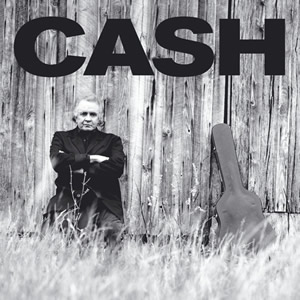
Buy American II: Unchained Building on the momentum of his 1994 comeback album, American Recordings, country/rock legend Johnny Cash decided to do a sequel in what would become a very successful late career […]
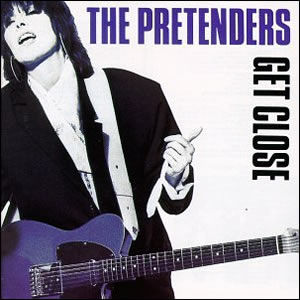
Buy Get Close The fourth overall album by The Pretenders, the 1986 release Get Close, shows a radical musical transition by the group firmly controlled by composer and lead vocalist Chrissie Hynde. In […]
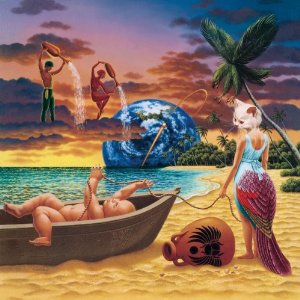
Buy Trial by Fire For Journey‘s most avid fans, the 1996 album Trial By Fire may be best described as one last guilty dip into the group’s heyday of the previous decade. With […]
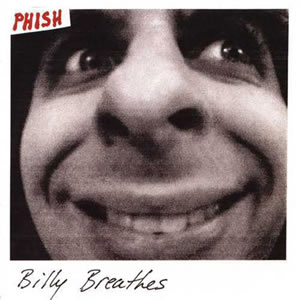
Buy Billy Breathes As their sixth official studio album, Billy Breathes is an early indication of Phish moving towards more mainstream rock music. Here, the four-piece group combined folk, rock and psychedelic into […]

Buy Badmotofinger Laying the sonic foundation for their most successful run as a band, Soundgarden delivered their first of a trio of critically acclaimed albums with 1991’s Badmotofinger. The third studio release by […]
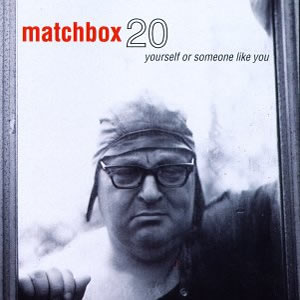
Buy Yourself or Someone Like You A blockbuster debut for Florida-based rock band Matchbox 20, the 1996 album Yourself or Someone Like You hit the post-grunge sweet spot with popular music fans as […]
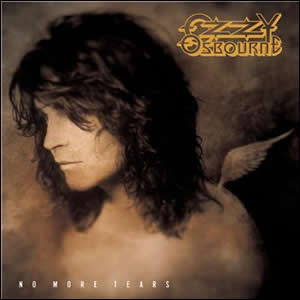
Buy Ordinary Average Guy Ozzy Osbourne entered the second act of his successful solo career with 1991’s No More Tears. This sixth studio album would go on to become his second best-selling in […]
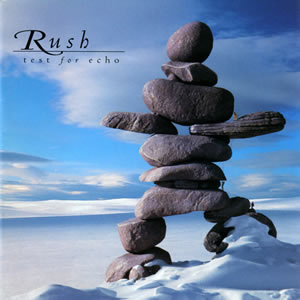
Buy Test for Echo Rush evolved from the synth-drenched style of previous albums with the 1996 release, Test for Echo. The musical style delivered by the Canadian trio hearkens back to the hard […]
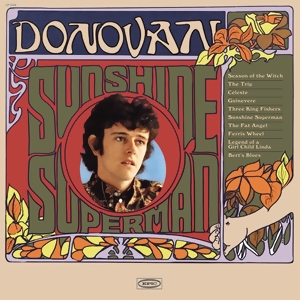
Buy Sunshine Superman English folk singer Donovan found a new voice with his eclectic and slightly psychedelic third album, Sunshine Superman. Originally released in the US in September 1966, the album would not […]
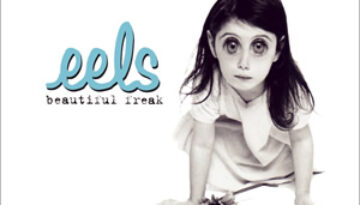
Buy Beautiful Freak Although it is officially the debut of the rock trio Eels, the 1996 album Beautiful Freak is in reality the third album by composer and performer Mark Oliver Everett, who […]